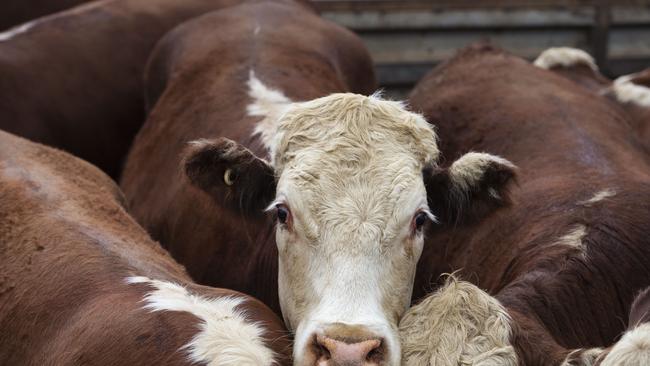Cattle slaughter: Weather impacting cattle rebuild
Herd rebuilding means fewer cattle are being sent to slaughter and will result in the lowest kill in decades.
Cattle slaughter levels are predicted to reach the lowest levels in 36 years this year.
In Meat and Livestock Australia’s updated cattle industry projections released today, cattle slaughter levels have been revised down by about 300,000 head to six million head from the July update.
MLA’s market information manager Stephen Bignell said good seasonal conditions across the eastern states and southern Western Australia continued to underpin demand and confidence in the sector.
“The cattle market continues at historic highs, with restocker and feeder demand fuelling record prices at the saleyard, which is flowing along the supply chain,” Mr Bignell said.
Mr Bignell said the extent of rain post-drought has resulted in slaughter being revised down to six million head this year — the lowest level in 36 years.
He said while carcass weights were still expected to reach record levels, they have been revised slightly down to 308kg, down from 311.7kg in July, bringing overall production estimates to 1848 tonnes carcass weight, which is 12 per cent below last year.
Estimates indicate that close to 4.5 million cattle have been killed in the first three quarters of this year.

The report said typically, slaughter in October and November lifts, however, Christmas shutdown periods and steady rain across key supply regions are likely to continue to impact slaughter and prevent a significant rise.
Mr Bignell said the herd rebuild is expected to continue into next year, and the predicted national herd remains unchanged at just over 26 million head for this year.
“The herd rebuild has continued as positive conditions encourage producers to retain stock for breeding purposes — something that should be sustained with a positive three-month weather outlook across most of the country.”
The live export trade has been affected “by a range of issues”, with the outlook for the last quarter of this year now expected to be quieter than forecast in July.
Live cattle exports have been reduced down 2 per cent for the year, from 720,000 cattle to 705,000, which is an overall decline of 30 per cent on last year’s levels.
Global red meat trade continues to be affected by a range of factors, including Covid-19, vaccination rollout, currency movements and shipping costs. Australia has exported 660,568 tonnes of beef for the year-to-date, with 17 per cent lower volumes for the year-to-September.





